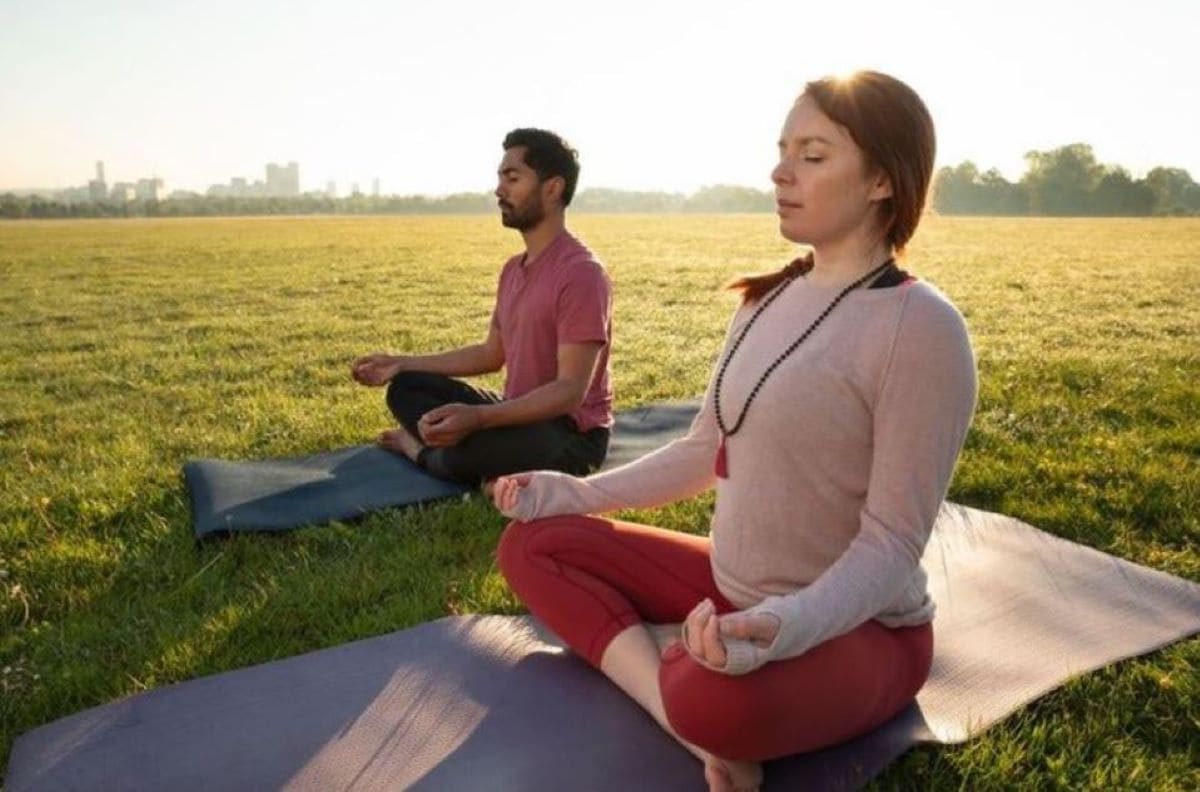In today’s world as people increasingly recognize the importance of health it becomes crucial to understand the link, between physical activity and our well-being. This comprehensive guide aims to explore the foundations of this connection and offer insights for individuals who want to improve their mental health through exercise.
The Scientific Connection between Physical Activity and Mental Health
While physical activity has long been known for its benefits for the body, it also impacts our mental well-being. Research consistently demonstrates a correlation between exercise and improved mood, reduced stress levels, and enhanced cognitive function.
The Impact of Exercise on Mental Health from a Neurological Perspective
To truly grasp how physical activity affects our health it is essential to delve into the effects of exercise. When we engage in activity our bodies release neurotransmitters like endorphins— “feel good” hormones. Endorphins act as painkillers and stress relievers providing a mood boost.
Furthermore, exercise stimulates the release of serotonin—a neurotransmitter closely linked with feelings of happiness and overall well-being. By understanding these processes we gain insight into why physical activity serves as a tool, in promoting mental wellness. For more information about mental health treatment in Millcreek, you may visit New Roads Behavioral Health.

Exercise and its Impact, on Reducing Stress
Stress is a part of our lives and we all know it can have negative effects on our mental health. However physical activity has proven to be a tool in managing stress.
Regular exercise helps regulate our body’s response to stress by lowering cortisol levels, which are the hormone associated with stress. It also induces a state of relaxation. Incorporating activities like walking, jogging, or yoga into our routines can greatly help manage stress levels.
Boosting Mood Through Physical Activity
Activity not only helps reduce stress but also plays a crucial role in enhancing overall mood. Whether it’s a workout or a stroll exercise triggers the release of endorphins – natural mood lifters.
Recognizing the long-term mood-enhancing effects of activity encourages us to see exercise as more than just a way to stay physically fit but also as an effective tool for maintaining mental well-being.
Practical Tips for Making Exercise Part of Our Daily Lives
With this understanding of the basis, behind it, we can take steps to incorporate physical activity into our daily routines. The key lies in making exercise consistent and enjoyable as part of our lifestyle.
Finding the Perfect Exercise Routine for You
The step, to incorporating activity into your daily life is discovering a routine that aligns with your personal preferences and goals. There are options such as joining a gym participating in group fitness classes or enjoying outdoor activities.
The key is to select activities that bring you joy and satisfaction as this will increase the likelihood of sticking to them.
Establishing Physical Activity as a Habit
Consistency plays a role in reaping the health benefits of physical activity. Transforming exercise into a habit involves setting goals creating a schedule and gradually increasing intensity.
Making sustainable changes can significantly contribute to your level of physical activity—for example, opting for stairs instead of elevators or taking short walks during breaks.

The Importance of Social Support in Maintaining Physical Activity Habits
Embarking on the journey towards improved health through activity becomes more enjoyable and sustainable with social support. Engaging in activities, with friends, family members, or workout buddies not only adds an element but also provides accountability.
Sharing the experience of physical activity fosters a sense of community and motivation making it easier to stick to your exercise routine.
Special Considerations, for Mental Health Conditions
When it comes to health it’s important to be mindful of factors while engaging in physical activity. This is especially true for individuals who are dealing with health conditions.
Exercise and Depression
Studies have shown that exercise can be a complement to treatments for depression. Engaging in activity can help alleviate symptoms and enhance overall mood. However, people with depression must work closely with health professionals to design an exercise plan that suits their needs and limitations.
Anxiety and the Role of Physical Activity
For those struggling with anxiety physical activity can play a role in managing symptoms. Exercise affects the system, which can contribute to reducing anxiety levels. Mind-body exercises like yoga or tai chi are particularly beneficial as they promote relaxation and mental clarity.
Customizing Exercise for Individuals with Psychiatric Conditions
Individuals with conditions may require approaches when it comes to physical activity. It is important to understand the challenges they face and consult healthcare providers to create effective exercise plans. In some cases, alternative forms of activity such, as water aerobics or gentle stretching may be recommended.

Conclusion
The connection between physical activity and mental health is a dynamic and well-established relationship supported by scientific evidence. By comprehending the neurological effects of exercise, individuals can harness its power to reduce stress, enhance mood, and promote overall mental well-being.




